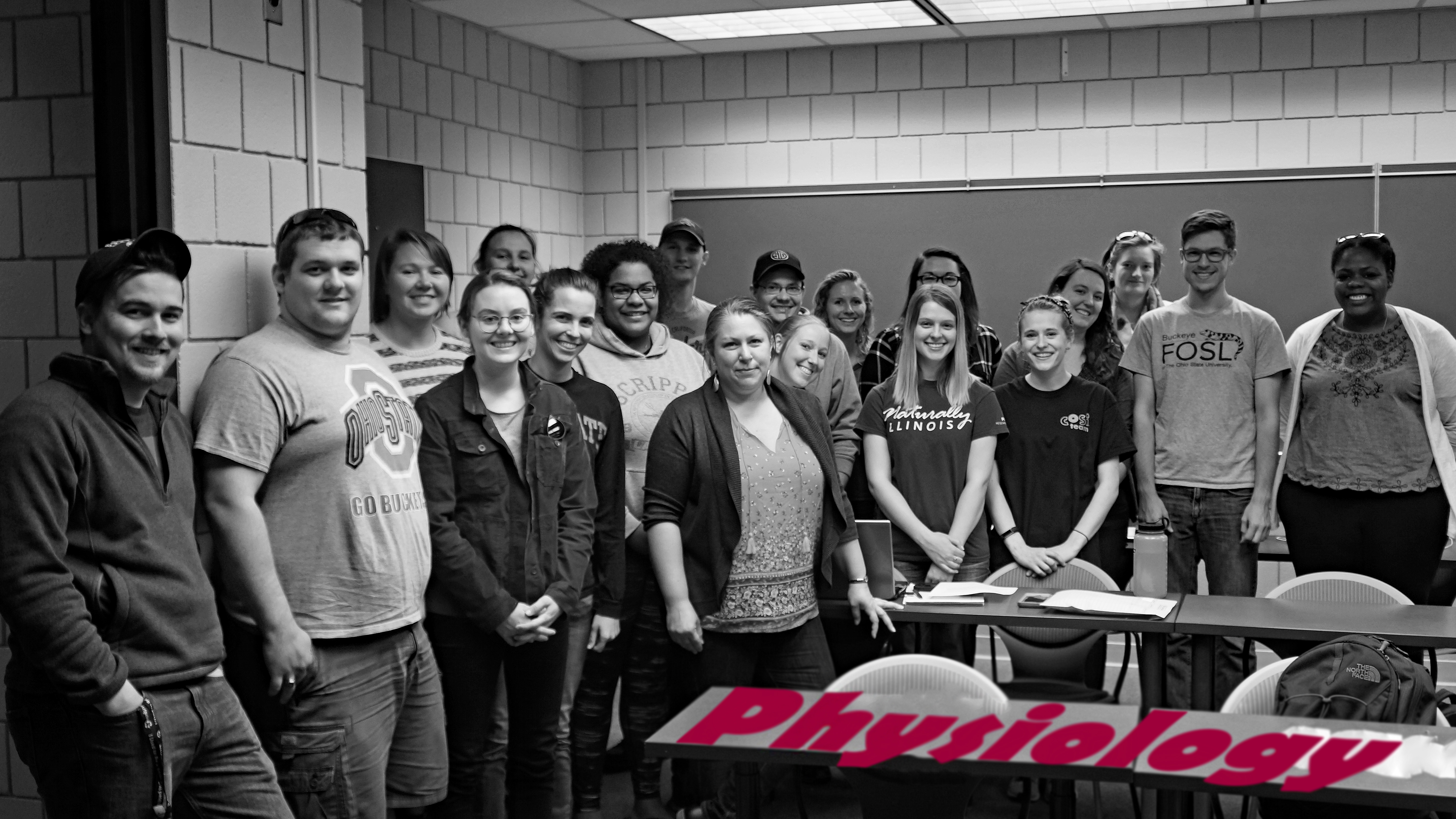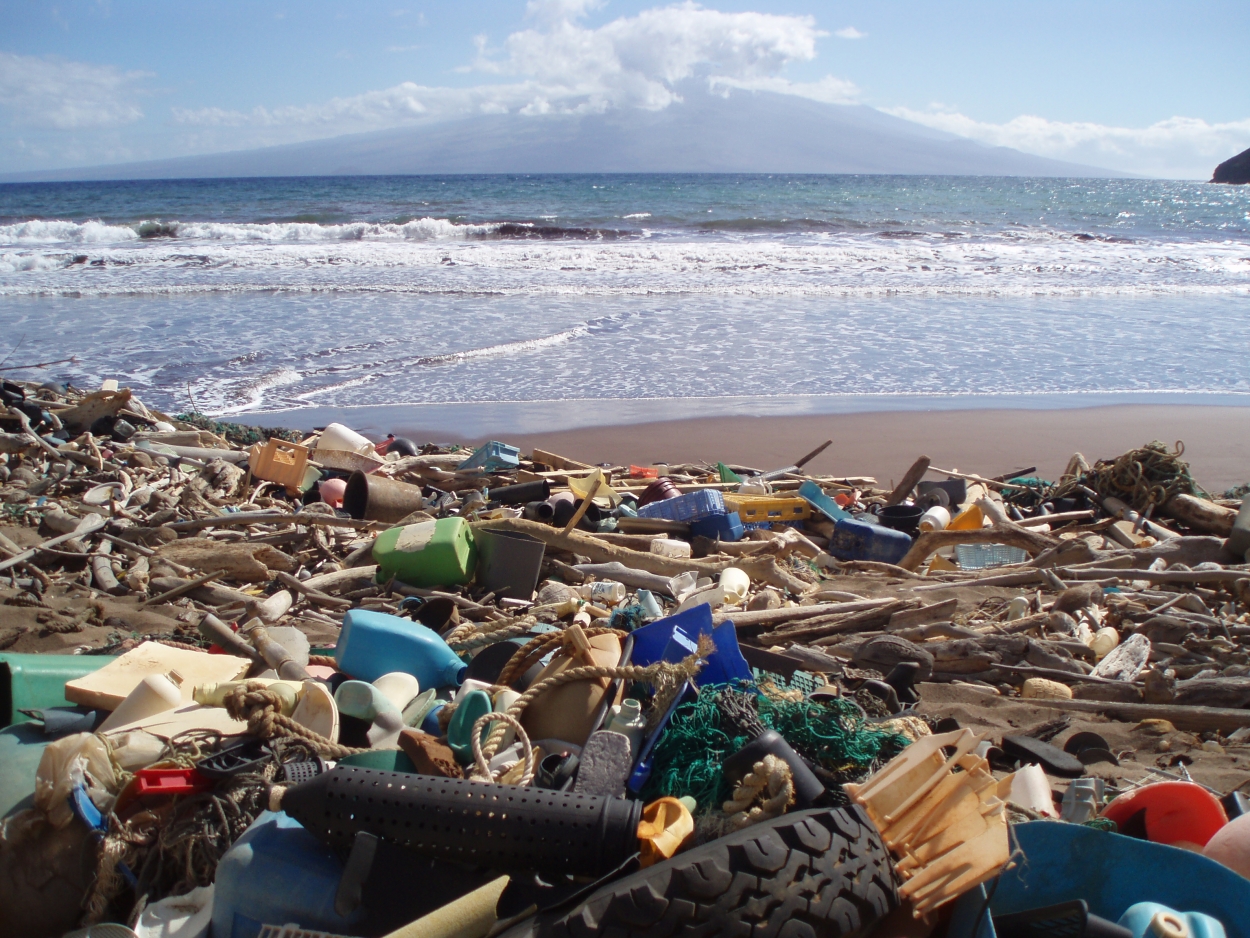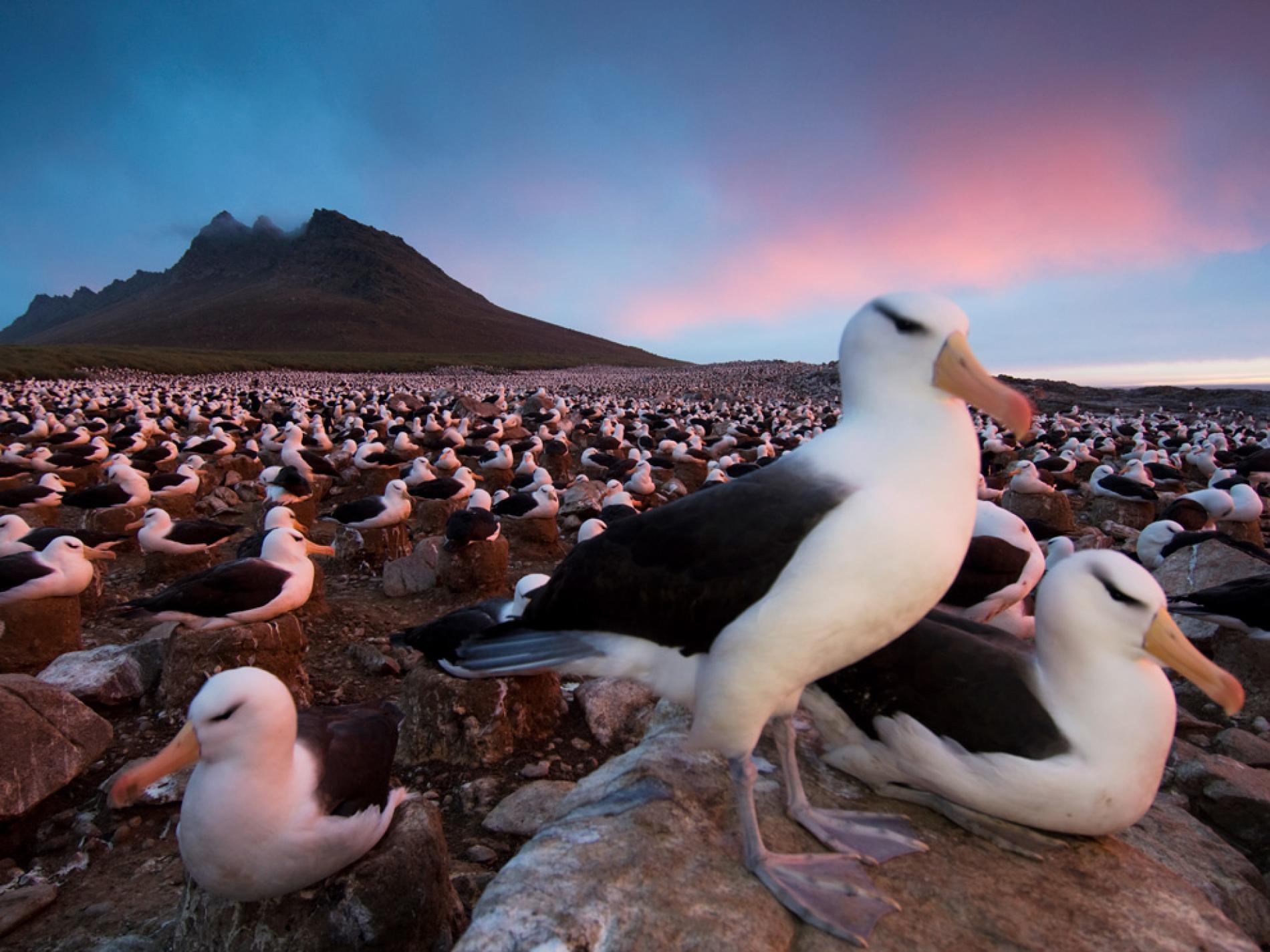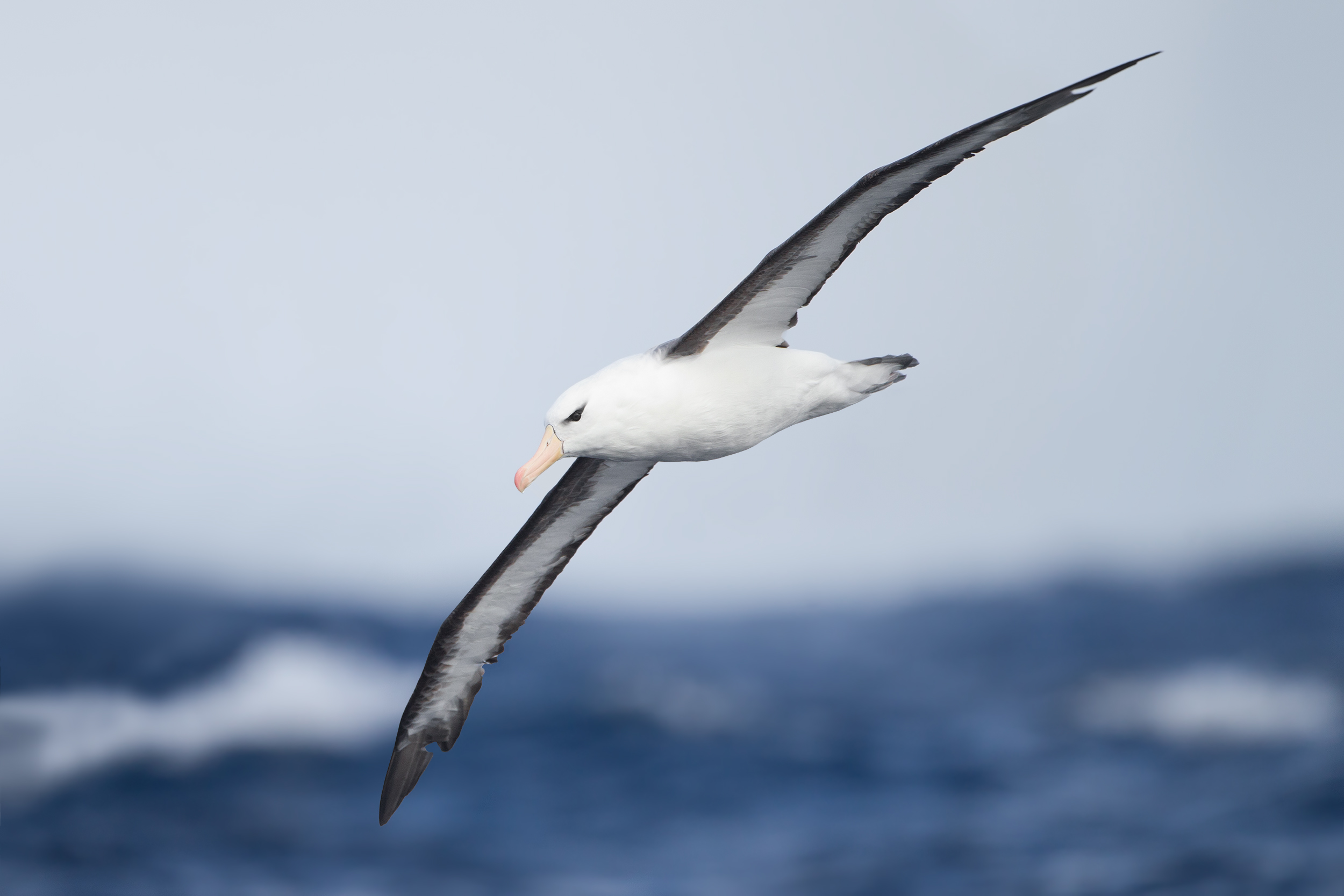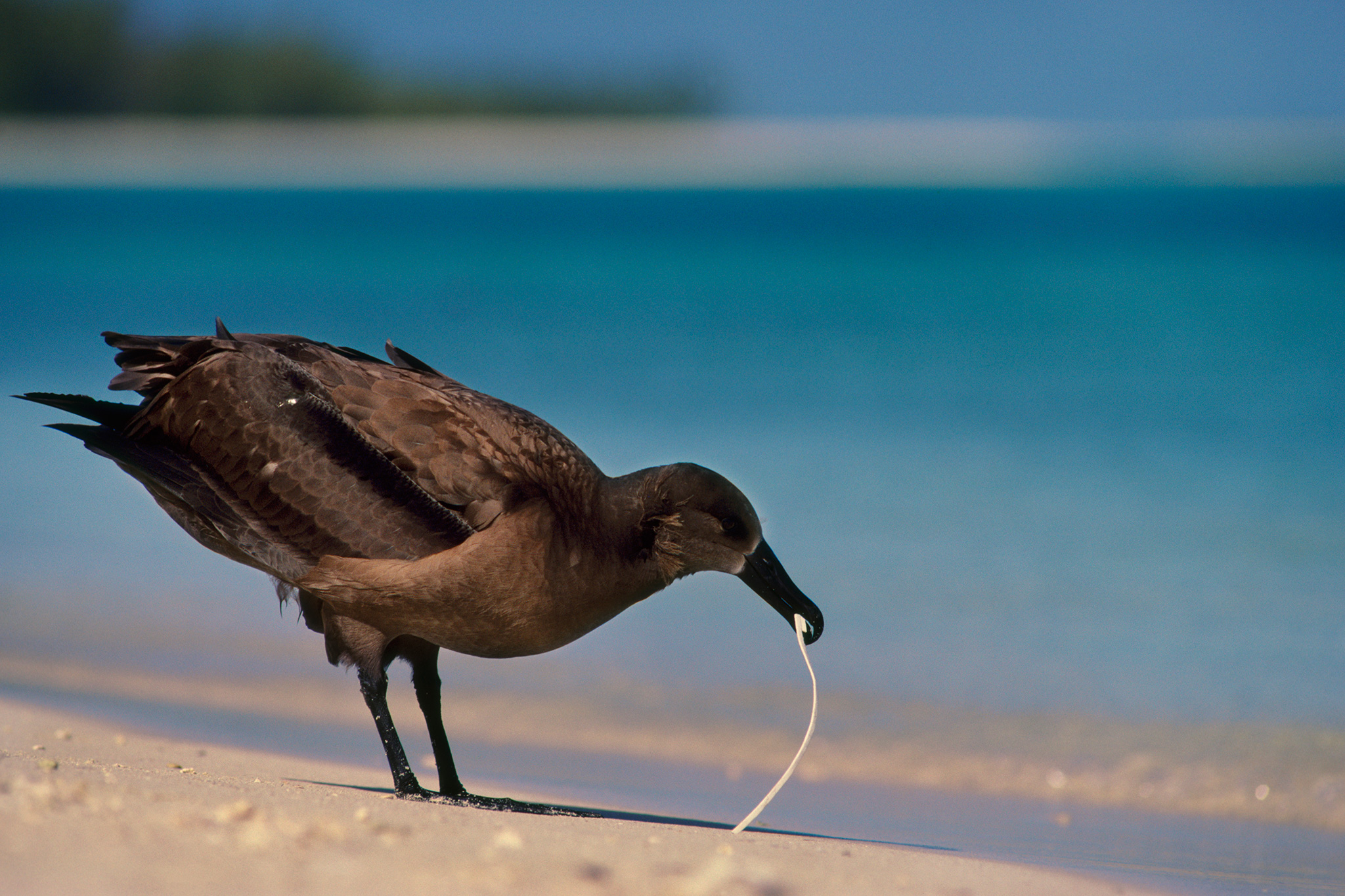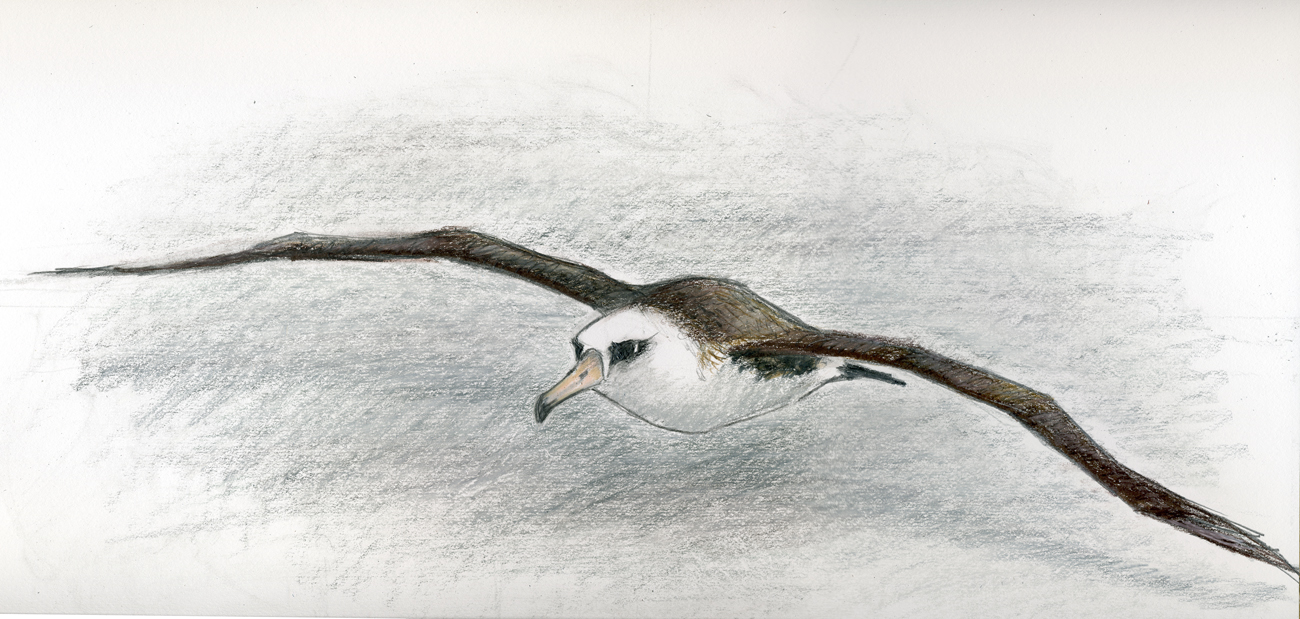Author: lolya.1
Plastic Power!
Song produced and performed by Lewis Lolya (lyrics and music adapted from Damon Albarn and Jamie Hewlett)
Lyrics
I’m a seabird nesting on an isle
that you stained with plastic power
Your precious merchandise from factories far away
When the chemical dreams that we all seem to keep
drift on beaches where we sleep
our heart is beating in factories far away
So, call the colony from the beach
Our wings are all washed up in bleach
the waves are crying polyethylene tears
And nobody knows where to go from the heat
with plastic slicing up our feet, the seas are rising for this time of year
I got a feeling now my heart is broken
All these eats that I have chosen
rumbling in my stomach and in my soul
I pray, my wings are unmovable
Yeah clinging to this ocean shoal
Seasons seas, the adjustments, fateful change
I can’t see now my eyes are hazy
have you been out to my beach lately
The storms wash strange things beneath our feet
I’m a seabird nesting on an isle
That you stained with plastic power
Your precious merchandise from factories far away
Albatross fly over the beach
Same time every day, same routine
Clear eyes in the summer, their skies are blue
but It’s part of the noise when plastic comes
It reverberates in their lungs
Nature’s corrupted in factories far away
The seas are rising for this time of hear
Our hearts are beating in factories far away X2
Lyrics Meaning
Even the most remote corners of the world are not spared by the human footprint. One would think that a place like Midway Atoll or Laysan Island, hundreds of miles from the nearest human civilization, would be unspoiled paradises. These islands are home to vast colonies of seabirds of several amazing species. Some of the longest lived birds, the Albatross, call these islands home. Naturally free from predators, they certainly were what one would consider a paradise. But if one steps foot on these island, you may be in for a stomach churning surprise.
The pacific ocean garbage patch, a vast cyclone of plastic and discarded human products, swirls like a fantastic polyethylene sea-monster. This conglomeration of garbage, larger than the size of Texas, is one of the most visually striking examples of the pollution we tend to ignore, but excessively create. Much of the garbage we throw away ends up in our oceans, where the currents and tides carry it to far away lands. Although the islands of Midway and Laysan are seemingly untouchable by the human hand, they have ended up being the poster child for the often unseen effects of plastic pollution. Like many other similar pacific islands and beaches, plastics of different shapes, colors and varieties festoon the once-pure sand. Certainly, the plastic debris have made these landscapes visually unappealing. However, some of the more insidious problems occur when wildlife and plastic pollution meet face to face. Seabird and many other forms of marine life ingest plastics found on beaches and in the ocean. Many confuse these oddly shaped plastics for natural food, or simply ingest them incidentally. Seabirds in particular, like the long lived albatross, are facing the worst effects from the ingestion of oceanic plastics (Pettit et al., 1981)
Ingestion of plastics can harm seabirds in several ways (Azzarello & Van Vleet, 1987). The most common cause of death by ingested plastics is the physical blockage of sections of the digestive system. Obstructions can usually occur in the intestines and the proventricular pathway. Often, Procellariforms are unable to regurgitate accidentally ingested plastics because their gizzard size is too small. Therefore, plastics can accumulate for long periods of time until digestive function slows or ceases. Post mortem analysis of seabirds that died of plastic ingestion reveal that many had lacerations on the lining on several parts or their digestive system. Furthermore, the presence of non-food items in the gizzard and stomach of birds may lower their hormonal ability to regulate their hunger sensation and feeding activity levels (Sturkie, 1965). Stimuli processed by the central nervous system relay signals to the hypothalamus gland, which in turn control the hunger and feeding activity response in birds. The muscular contractions of an empty stomach are one of the main triggers for hormonal hunger control. When large quantities of plastic stay in the stomach, the sensation of fullness prevents the hypothalamus from initiating a feeding response. The birds end up starving themselves on a complete and balanced diet of plastic (Sturkie, 1965)
Plastic does get partially digested when stored in the stomach for a long duration (Peakall, 1970). Harmful trace chemicals such as DDT, DDE, and PCB’s, which are known endocrine disruptors, will be absorbed by the gastrointestinal system of the bird. Some effects of this include delayed ovulation, impaired reproductive success, and lowered sex steroid levels (Peakall 1970). Tanaka et al., (2013) analyzed polybrominated diphenyl ethers (PBDEs) in the stomach adipose tissues of some seabird species. The researches found significantly higher concentration of these chemicals than normal, which suggests that plastic chemicals are getting synthesized into the body tissues from ingested plastics particles, which may lead to many physiological impairments.
Several other adverse effects exist in seabirds that ingest large quantities of plastics. The fat content of migratory phalaropes decreased with the relative presence of plastic particles in the digestive tract, suggesting inhibition of proper nutrition. For migratory birds, the inability to refuel properly can be devastating; lowering survivorship, flight range capabilities, and breeding success rates (Connors & Smith, 1982). Even remote areas far from the source of these plastics are sometimes seeing the worst effects of plastic pollution.
What can you do?
There are simple ways that you can help reduce the impact of plastics on the environment. Reduce, reuse, and recycle all materials that you make or purchase. Opt for utilizing biodegradable containers or no packaging materials at all. Avoid purchasing items that are packaged in multiple layers of plastics. Many of the plastic bags and packaging that is malleable is non-recyclable and provides little in the way of alternative uses. However, what do we do with the plastics already in our environment? Several companies and engineers have developed methods of removing large quantities of plastics from out oceans. Methods like ocean rakes and ocean vacuums are being tested in polluted areas. On a large scale, these techniques can have a huge impact on cleaning our oceans and saving our seabirds.
Long live the albatross!
Literature Cited
Auman HJ, Ludwig JP, Giesy JP, Colborn TH. (1997) Plastic ingestion by Laysan albatross chicks on Sand Island, Midway Atoll, in 1994 and 1995. Albatross biology and conservation. 239244.
Azzarello MY, Van Vleet ES. (1987) Marine birds and plastic pollution. Marine Ecology Progress Series. 37:295-303.
Connors PG, Smith KG. (1982) Oceanic plastic particle pollution: suspected effect on fat deposition in red phalaropes. Marine Pollution Bulletin. 13(1):18-20.
Peakall DB. (1970) p, p’-DDT: Effect on calcium metabolism and concentration of estradiol in the blood. Science. 168(3931):592-4.
Pettit TN, Grant GS, Whittow GC. (1981) Ingestion of plastics by Laysan albatross. The Auk. 98(4):839-41.
Sturkie PD, editor. (2002) Avian physiology. Springer Science & Business Media
Tanaka K, Takada H, Yamashita R, Mizukawa K, Fukuwaka MA, Watanuki Y (2013) Accumulation of plastic-derived chemicals in tissues of seabirds ingesting marine plastics. Marine Pollution Bulletin. 69(1):219-22.
Photo Credit (in order of appearance)
Tristan Savatier
Kim Starr
Frans Lanting
Jeff Dunst
The scientific fisherman
Frans Lanting
Chris Jordan
Serje Takao
Night Lights Disrupt Annual Bird Migration
Song produced and performed by Lewis Lolya (lyrics and music adapted from Damon Albarn and Jamie Hewlett)
Lyrics
Oh, joys arise
The spring has come again to hold you
Washing out the doldrums of our lives
The polyphonic atmosphere, it’s all around you
It’s all around you, out here
If the whole world is listening now
Fly through space and through time with me
The concrete and the payphone wire, is here to hold you
Rolling cross, the forests where you sleep
The towers and the photographic lights confuse you
Reflections all around you in your mind
And now your world comes crashing down
Fall though space and through time with me
The forests that we leave behind on warm air rising
Blows all our feathers far away
physiology, sailing on
A little wing, working the machine
Will it spin, will it soar
My little wing, working the machine
Soar like a wave, your rise and fall
And moving in, to where you’ll be, above it all
Lyrics Meaning
Every spring, North America transforms into a vivid landscape full of life. The warm air and sunlight awakens dormant trees, flowers and insects that fuel our ecosystem engines. Wildlife take advantage of these productive seasons to reproduce and to stock up on food resources, while they last. Even wildlife from other continents choose to migrate to North America every spring. The most ancient and spectacular of these mass movements is spring bird migration.
Thousands of birds migrate at night, and they can even be heard flying overhead. Short calls and vocalizations are used to communicate with each other and orient themselves. Before large scale human development of North America, birds flew over a dark and natural landscape, flying by only the light of the moon and the stars. Now, if a bird gazes across the land, dark forests and prairies are broken up by vast city-scapes and beams of light rising from the ground below. Tall buildings, often towering far above the height that migrating songbirds fly, create a vertical obstacle course for flying birds.
As one can guess, millions of birds die every year during migration just by chance that they may strike these human structures. Collisions with windows and buildings is estimated to be the number one cause of bird deaths globally; second being feral cat depredation (Klem, 2007). However, it is not only the density of buildings that is a problem. For low flying aircraft to avoid a similar fate, most tall structures are required to be illuminated by a series of nocturnal operated lights. Birds become confused by these lights as they conflict with natural visual migration tools in the night sky, like stars, the moon, and the horizon glow. Many birds will circle around bright lights in a disoriented state until they become too exhausted to continue migrating (Gauthreaux and Belser, 2006). Often, the final resting place for these individuals is in the grasp of a predator. More often then not, an attraction to these lights leads to fatal building and window strikes.
The attraction of birds to lights can be exemplified using high intensity lights to trap or attract birds. In India, villagers historically would use spotlights and lanterns to attract and kill hundreds of birds for food. Light traps even bolster ecotourism opportunities for seeing birds at eco-lodges in Africa (Gauthreaux and Belser, 2006). It is thought that when birds see bright lights, their visual reference for the horizon of the landscape is lost, and the birds become spatially disoriented (Herbert, 1970). Additionally, some researchers have predicted that the visual pigments in the bird’s retina become “bleached” when exposed to bright lights; rendering the bird incapable of dark adapted vision for a long duration of time afterwards (Verheijen, 1985). Birds use 5 different types of visual pigments and seven photo receptor types (varieties of rods and cones) (Hart, 2001). With this variety, birds can see a much broader spectral range of light at a finer resolution than humans.
Sources of light that have posed significant problems for migrating birds have been lighthouses, floodlights, city lights, horizon glows, fires, flares, and communication towers (Gauthreaux and Belser, 2006). In a study by Gauthreaux and Belser (1999), effects of different communication tower arrays and lighting styles on nocturnal bird migration behavior were assessed. Types of lighting sampled were red tower lights and white strobe lights. Towers with steady red lights yielded significantly more nonlinear bird flights near the towers than towers with white strobe lights and control sites (also see Wiltschko et al., 1993). Additionally, more birds flew closer and spent more time hovering around the red lighted towers, which suggests that certain light wavelengths might be more effective than others at inducing bird disorientation when migrating (red light: Wiltschko et al., 1993; green light: Poot et al., 2008).
Figure 1: Flight paths of migrants near the WVBRZ television tower in Baton Rouge, Louisiana.
Figure 2. Results of Beacham (1982) and Gauthreaux (1982) experiments on the direction of migration attraction of caged songbirds with varying directions on unnatural light exposure. White arrows represent experimentally introduced light and lines represent frequency and direction of migration flight attempts of the caged songbirds of two different species.
Solutions
A variety of educational campaigns are underway to inform building and city managers of the benefits of turning off excess lighting during times of peak bird migration. One such program, the Fatal Light Awareness Program (http://flap.org/), outlines protocols for reducing the effects of building lights on bird migration. If enacted, these efforts will prevent millions of unnecessary deaths of birds every season. In general, city lights should always be pointed downward. Spotlights that point in upwards directions should always be avoided, such as architectural lighting. These types of lights should be turned off on nights of high migration activity, low cloud cover ceilings, and low visibility weather events. If you know of any buildings that utilize these types of disruptive architectural lighting, take the time to inform building managers of the benefits of shutting off lights during bird migration events. A flick of a switch can save hundreds of lives.
Figure 3: Program outline for FLAP (www.flap.org)
Literature Cited
Beacham, J. L. (1982) Pbototaxis and age dependent migratory orientation in tbe indigo bunting, Passerina cyanea. M.S. thesis, Clemson University, Clemson, South Carolina
Gauthreaux Jr SA, Belser CG. (2006) Effects of artificial night lighting on migrating birds. Ecological consequences of artificial night lighting (C. Rich and T. Longcore, Editors). Island Press, Washington, DC, USA. 67-93.
Gauthreaux, S. A. Jr. (1982) Age-dependent orientation in migratory birds. Pages 68-74 in F. Papi and H. G. Wallraff (eds.), Avian navig. Springer-Verlag, Berlin
Gauthreaux, S. A. Jr., and C. G. Belser. (1999) The behavioral responses of migrating birds to different lighting systems on tall towers [abstract]. In W R. Evans and A. M. Manville II (eels.), Avian mortality at communication towers. Transcripts of proceedings of the Workshop on Avian Mortality at Communication Towers, August 11, Cornell University, Ithaca, New York. Online: http://migratorybirds.fws.govlissues/towers/agenda.htrnl.
Hart, N. S. (2001) The visual ecology of avian photoreceptors. Prog in Retinal and Eye Research 20:675-703.
Herbert, A. D. (1970) Spatial disorientation in birds. Wilson Bulletin 82:400-419.
Klem Jr D. (2007) Ecological consequences of artificial night lighting. The Wils Journ of Orni 119(3):519-21.
Nehring JD. (1998) Assessment of avian population change using migration casualty data from a television tower in Nashville, Tennessee. 1998.
Poot H, Ens B, de Vries H, Donners M, Wernand M, Marquenie J. (2008) Green light for nocturnally migrating birds. Eco and Socie 13(2).
Verheijen, F. J. (1985) Photopollution: artificial light optic spatial control systems fail to cope with. Incidents, causations1 remedies. Exper Bio 44:1-18.
Wiltschko W, Munro U, Ford H, Wiltschko R. (1993) Red light disrupts magnetic orientation of migratory birds. Nature 364(6437):525-7.
